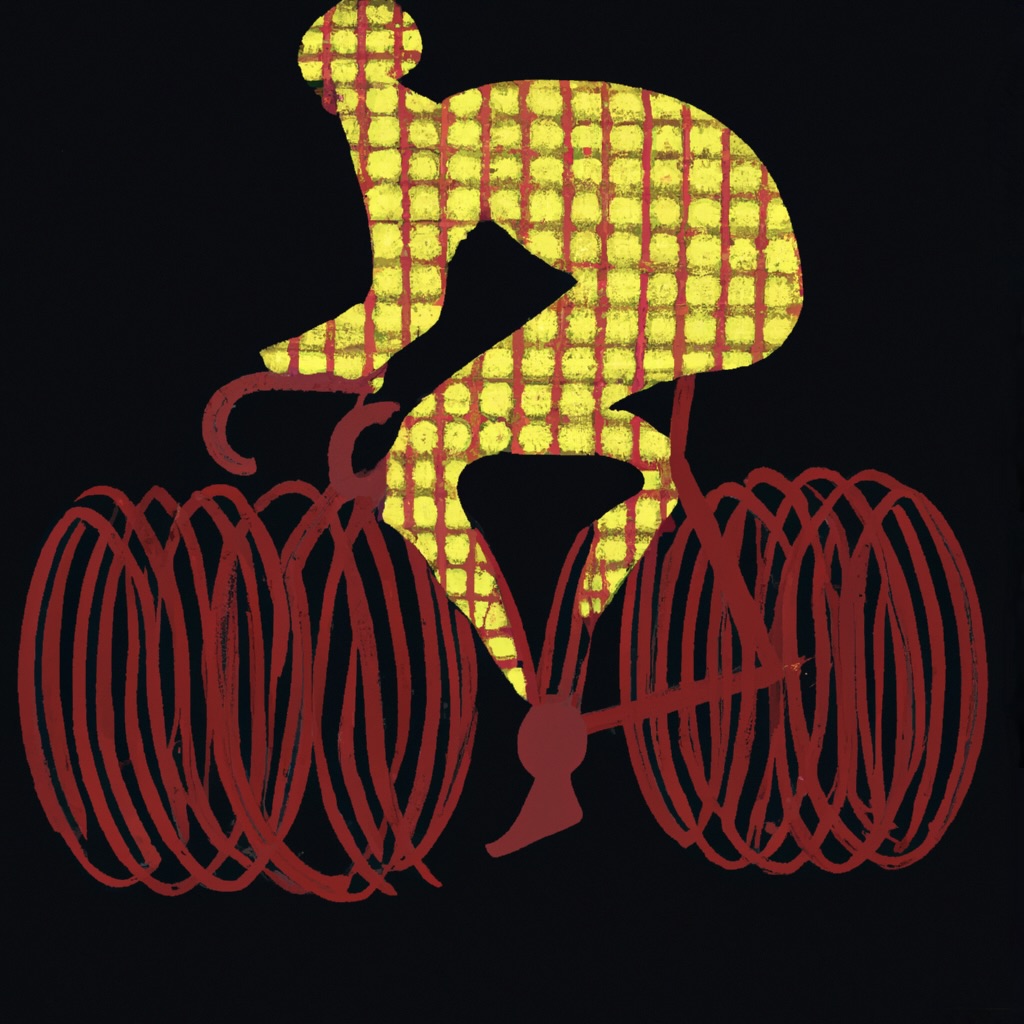
Learn about skid patches on brakeless fixed gear bicycles
Skidding on a fixed gear is not easy on the tires and can quickly become expensive. This article aims to explain what skid patches are, how they're calculated, and why they matter.
What are skid patches?
Skid patch on the rear tire of a fixed gear bicycle is the area of wear that result from skidding, or locking up the rear wheel during braking.
Why are skid patches important?
Skid stops on a fixed gear bike will wear out the rear tire considerably faster compared to using a front brake. This problem is exacerbated by certain gear ratios, as there may be repeated skidding on the same section of the tire. Increasing the number of skid patches can distribute wear more evenly across the tire, potentially extending its lifespan.
How are skid patches calculated?
Assuming you've already read our article about gear ratios, it's calculated by simplifying the gear ratio to the smallest equivalent whole number ratio. For single-legged skidders, the number of skid patches is the denominator. For ambidextrous skidders and if the numerator is odd, the number of skid patches is double the denominator.
Alternatively, skid patches can be determined without the need for mathematical calculations by following these steps:
- Rotate your cranks until the right pedal is pointing forward, and the crank arms are level.
- Make a mark on your rear tire at the location where it intersects with the chainstay.
- Repeat the previous steps until a mark coincides with that spot. If you're an ambidextrous skidder, continue to rotate your cranks by half a rotation.
- Count the total number of marks on your tire.
Which gear ratio is best for skidding?
Riders who do not skid should choose even toothed cogs to maximize the life of their drivechain. Riders who skid with only one foot forward should choose odd toothed chainrings to maximize the number of skid patches. And riders who can skid with either foot forward can choose even toothed cogs where the simplified gear ratio has an odd numerator to maximize both drivetrain life and skid patches.